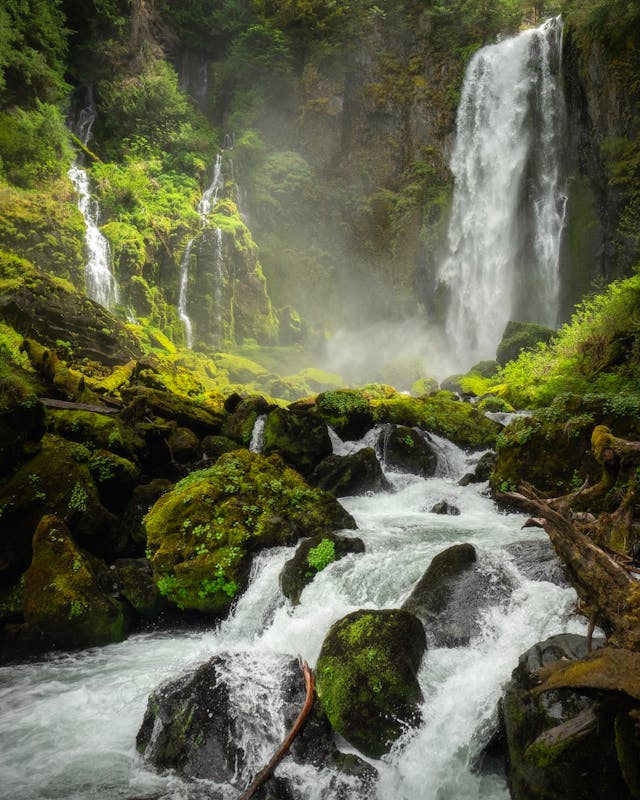When you think of rainforests, your mind might wander to the lush, tropical jungles of the Amazon or the steamy forests of Southeast Asia. But did you know that Britain, and more specifically Wales, is home to its very own rainforests? These magical places, known as temperate or Celtic rainforests, are just as captivating and vital as their tropical counterparts. Let’s dive into the wonders of Wales’ rainforests and discover why they exist, what makes them special, and how we can help preserve these natural treasures.
What Makes a Temperate Rainforest in Wales?
Temperate rainforests, unlike tropical ones, thrive in cooler climates with high rainfall and humidity. Wales, with its mild winters, cool summers, and abundant rainfall, provides the perfect conditions for these unique ecosystems. These forests are often found in areas with “high oceanicity,” meaning they are heavily influenced by the sea, which helps maintain the consistent moisture levels needed for a rainforest to flourish.
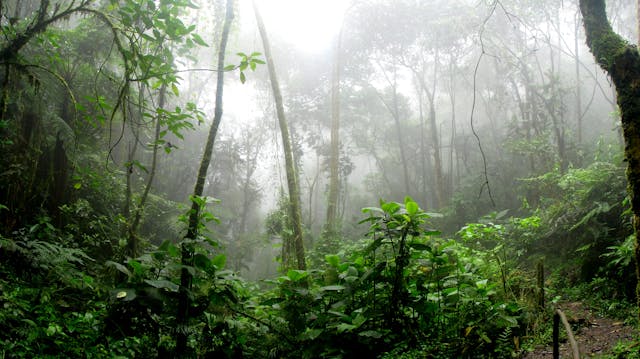
The Climate of a Temperate Rainforest
The climate in Wales’ temperate rainforests is characterized by high humidity and frequent rainfall, often exceeding 200 days of rain per year. This creates a lush, green environment where mosses, lichens, and ferns thrive, draping the trees in a verdant tapestry. The stable temperatures and moist conditions are ideal for a diverse range of plant and animal species, making these forests incredibly biodiverse.
Why Do We Have Rainforests in Wales?
The presence of rainforests in Wales is largely due to its maritime climate. The western seaboard of Britain, including Wales, experiences high levels of rainfall and humidity, creating the perfect conditions for these forests to develop. Historically, these rainforests were more widespread, covering much of the western coast of Britain. However, due to deforestation and land use changes, they are now confined to more remote and inaccessible area.
Where Are They Situated?
Wales’ temperate rainforests are primarily located in steep river valleys and along the western coast. Some notable areas include Snowdonia (Eryri), Cwm Einion in Ceredigion, Cwm Doethie-Mynydd Mallaen in Ceredigion and Carmarthenshire, and the Elan Valley. These forests are often nestled in rugged, picturesque landscapes, making them a haven for nature lovers and adventurers alike. These ancient woodlands have been around for thousands of years, with some dating back to the last Ice Age. The original inhabitants of these forests were a mix of native tree species such as oak, birch, ash, and hazel. Over time, these trees created a rich habitat that supported a wide variety of wildlife, including birds like the pied flycatcher and wood warbler, as well as mammals like the elusive dormouse.
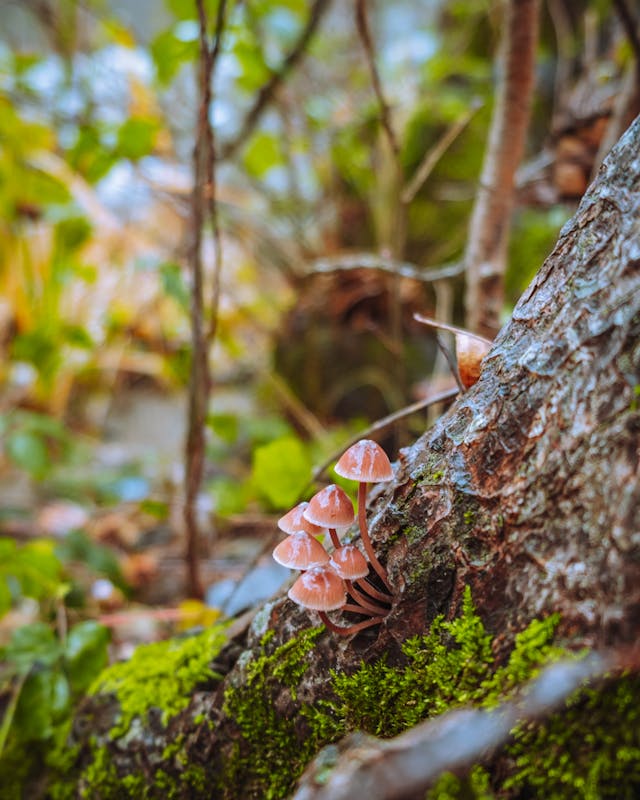
The Wildlife of Wales’ Rainforests
Wales’ temperate rainforests are teeming with life, offering a haven for a diverse array of species. The high humidity and stable temperatures create the perfect conditions for a variety of plants and animals to thrive. Let’s explore some of the fascinating wildlife you might encounter in these enchanting forests.
Birds
The lush canopy and dense undergrowth of Welsh rainforests provide an ideal habitat for many bird species. Some of the notable birds you might spot include:
- Pied Flycatcher: These small, black-and-white birds are often seen flitting among the trees, catching insects on the wing.
- Redstart: With their striking orange-red tails, redstarts are a delightful sight as they dart through the forest.
- Wood Warbler: Known for their distinctive trilling song, wood warblers are often heard before they are seen.
- Treecreeper: These small, brown birds are experts at climbing tree trunks in search of insects.
- Grey Wagtail: Often found near streams and rivers, grey wagtails are easily recognized by their long tails and yellow underparts.
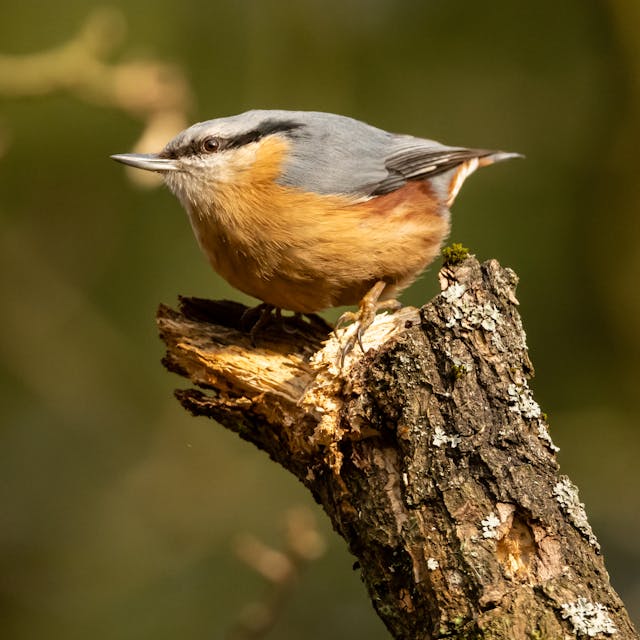
Mammals
The dense foliage and abundant food sources make Welsh rainforests a perfect home for various mammals, including:
- Hazel Dormouse: This tiny, nocturnal mammal is known for its hibernation habits and is often found in the undergrowth.
- Pine Marten: Once thought to be extinct in Wales, pine martens are making a comeback and can occasionally be spotted in these forests.
- Horseshoe Bat: These endangered bats roost in the old trees and caves, emerging at dusk to hunt for insects.
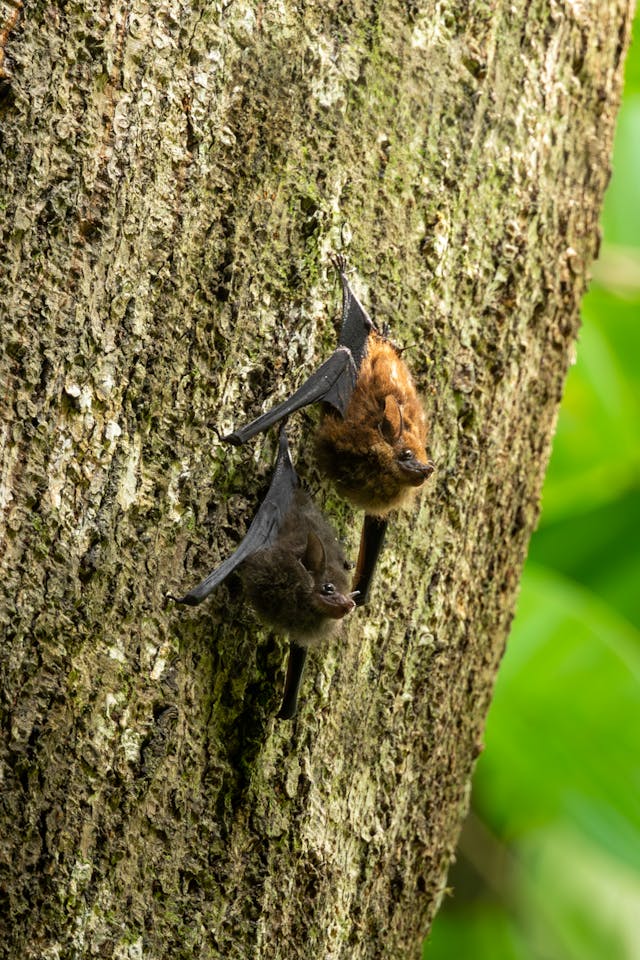
Invertebrates
The moist environment of the rainforests supports a wide range of invertebrates, from insects to molluscs:
- Woodlouse: These small, segmented creatures are commonly found under logs and stones, playing a crucial role in decomposing organic matter.
- Common Frog: Often seen hopping through the undergrowth, these amphibians thrive in the damp conditions of the rainforest.
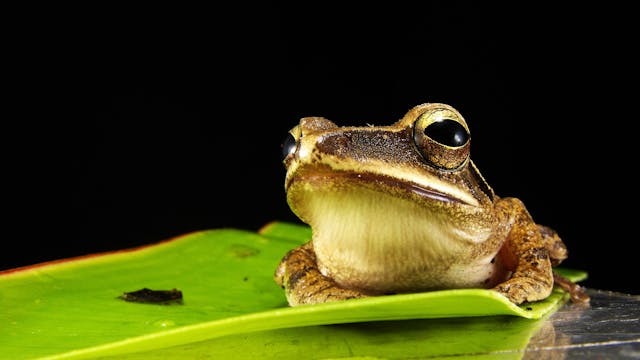
Plants and Fungi
The plant life in Welsh rainforests is equally diverse, with a rich tapestry of mosses, lichens, and fungi:
- Mosses and Liverworts: These moisture-loving plants carpet the forest floor and drape over tree trunks, creating a lush, green landscape.
- Lichens: Some rare and ancient lichens, like the Parmotrema robustum, can be found here, adding to the forest’s biodiversity.
- Fungi: The damp conditions are perfect for a variety of fungi, which play a vital role in breaking down dead organic matter and recycling nutrient4.
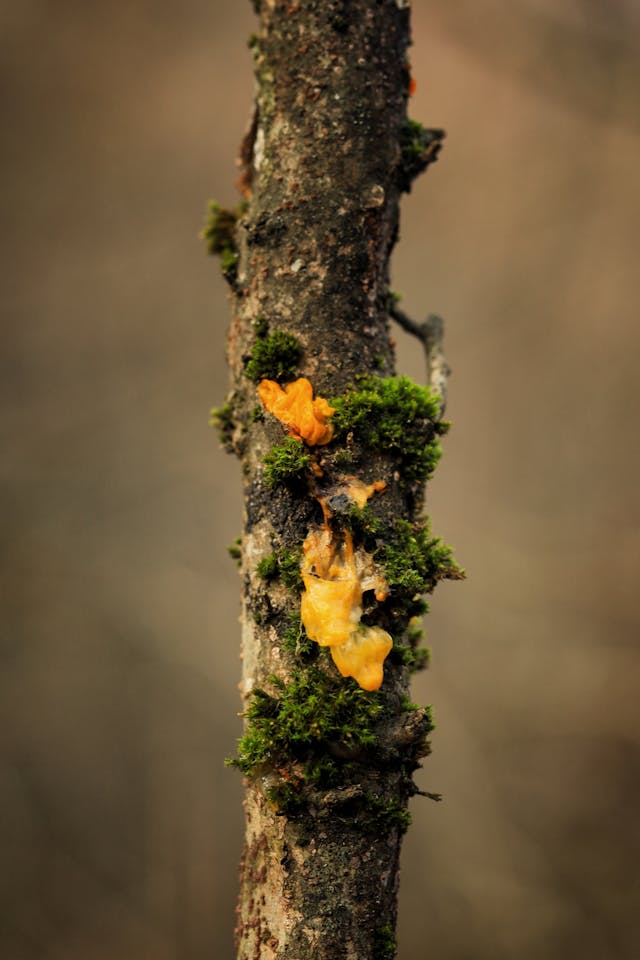
Conservation Efforts
To ensure the survival of these species, conservation efforts are crucial. Organizations like the Woodland Trust and local conservation groups are working to protect and restore these habitats. By supporting these efforts, promoting sustainable practices, and raising awareness, we can help preserve the unique wildlife of Wales’ rainforests for future generations.
Exploring the rainforests of Wales is like stepping into a living, breathing tapestry of nature. Each visit offers a new discovery, whether it’s the sight of a rare bird, the sound of a babbling brook, or the feel of moss underfoot. So, lace up your boots, grab your binoculars, and immerse yourself in the magical world of Wales’ rainforests!
How Can We Help Maintain and Preserve These Rainforests?
Preserving Wales’ temperate rainforests is crucial for maintaining biodiversity and protecting these unique ecosystems. Here are some ways we can help:
- Support Conservation Efforts: Organizations like the Woodland Trust and local conservation groups are working tirelessly to protect and restore these forests. Supporting their efforts through donations or volunteer work can make a big difference.
- Promote Sustainable Practices: Encouraging sustainable land use practices, such as reducing overgrazing and controlling invasive species, helps maintain the health of these forests.
- Raise Awareness: Educating others about the importance of temperate rainforests and the threats they face can help garner more support for conservation efforts.
- Visit Responsibly: When visiting these rainforests, follow the “leave no trace” principles to minimize your impact on the environment. Stick to marked trails, avoid disturbing wildlife, and take your litter home with you.
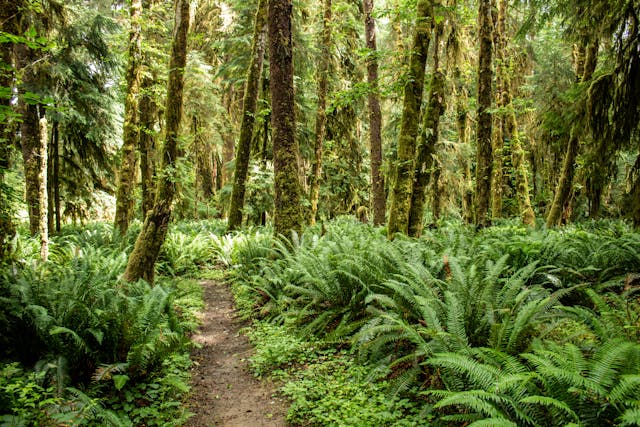
Conclusion
Wales’ temperate rainforests are a hidden gem, offering a glimpse into a world of lush greenery and incredible biodiversity. By understanding what makes these forests special and taking steps to protect them, we can ensure that they continue to thrive for generations to come. So, next time you’re planning an adventure, why not explore the enchanting rainforests of Wales? You’ll be amazed by the beauty and tranquillity that awaits you.
Let’s work together to preserve these magical places and keep the spirit of Wales’ rainforests alive! 🌿✨
Love Life x
References:
Shrubsole G (2022) The Lost Rainforests of Britain. Dublin, Ireland. William Collins – This book takes the reader on an awe-inspiring journey through Atlantic Oakwood’s and Hazelwood’s of the Western Highlands and Lake District, down to the Rainforests of Wales, Devon and Cornwall. Such a worthwhile read.
https://www.bbc.co.uk/news/uk-wales-68310929

